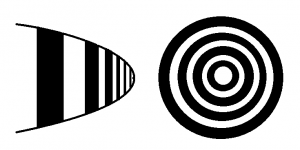Please forgive my naive question about the depth of field of binoculars, but I am confused about this.
I am interested in some 10x bins and have been researching possible models, nothing alpha, just looking for a good buy.
One downside of using 10x bins in comparison to 8x bins is that the DOF is significantly less. I had the idea that one , say, 10x42 will have the same DOF as any other 10x42.
I read that the DOF can be improved by manufacturers and that in some way the DOF can be a function of the design of the optics.
This is confusing, in the world of camera lenses, isn't the DOF a function of the focal length and the aperture, which cannot be changed by other design features? Does the DOf of bins include other design parameters that can have an effect.
Dave
I am interested in some 10x bins and have been researching possible models, nothing alpha, just looking for a good buy.
One downside of using 10x bins in comparison to 8x bins is that the DOF is significantly less. I had the idea that one , say, 10x42 will have the same DOF as any other 10x42.
I read that the DOF can be improved by manufacturers and that in some way the DOF can be a function of the design of the optics.
This is confusing, in the world of camera lenses, isn't the DOF a function of the focal length and the aperture, which cannot be changed by other design features? Does the DOf of bins include other design parameters that can have an effect.
Dave






